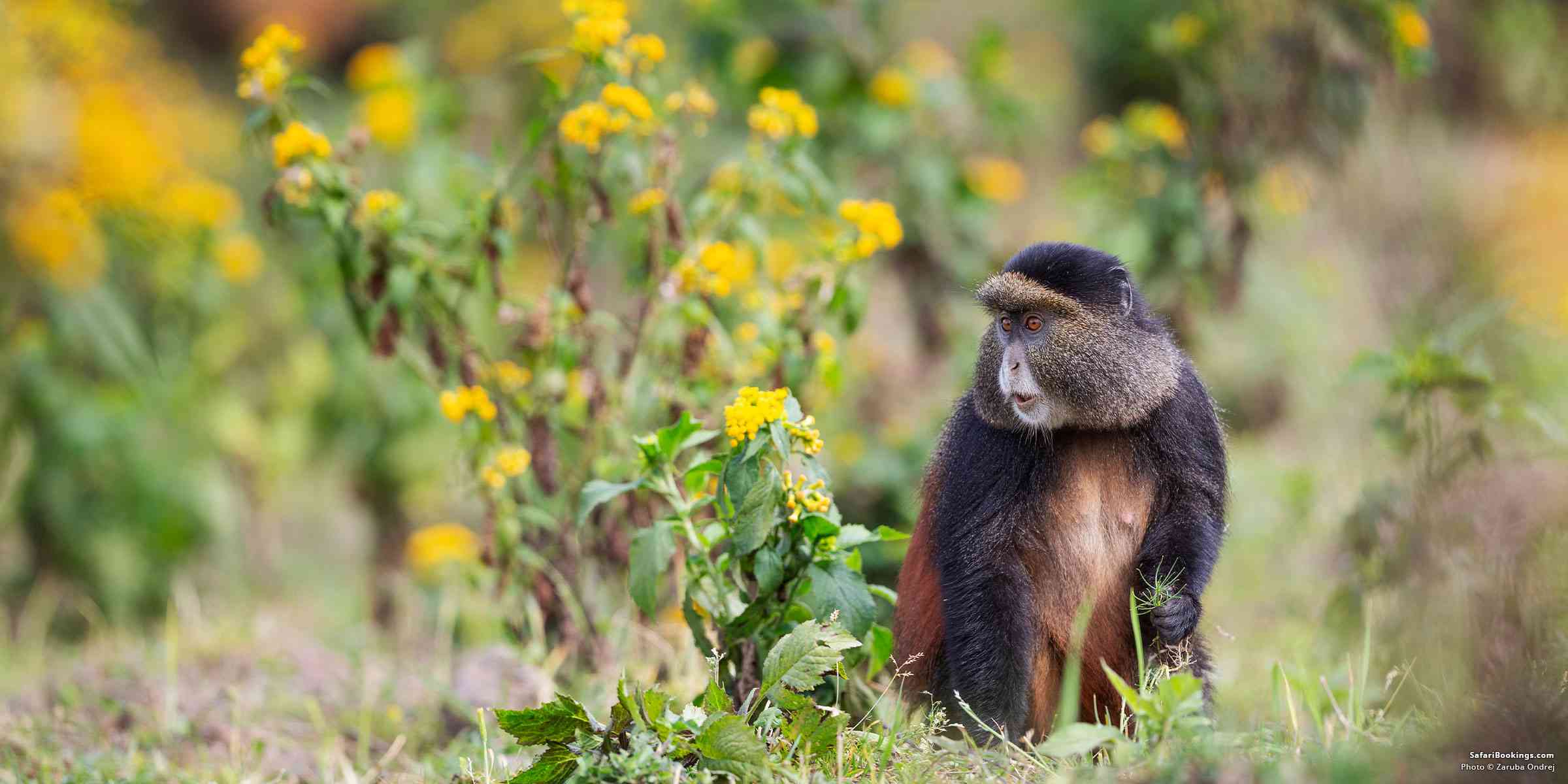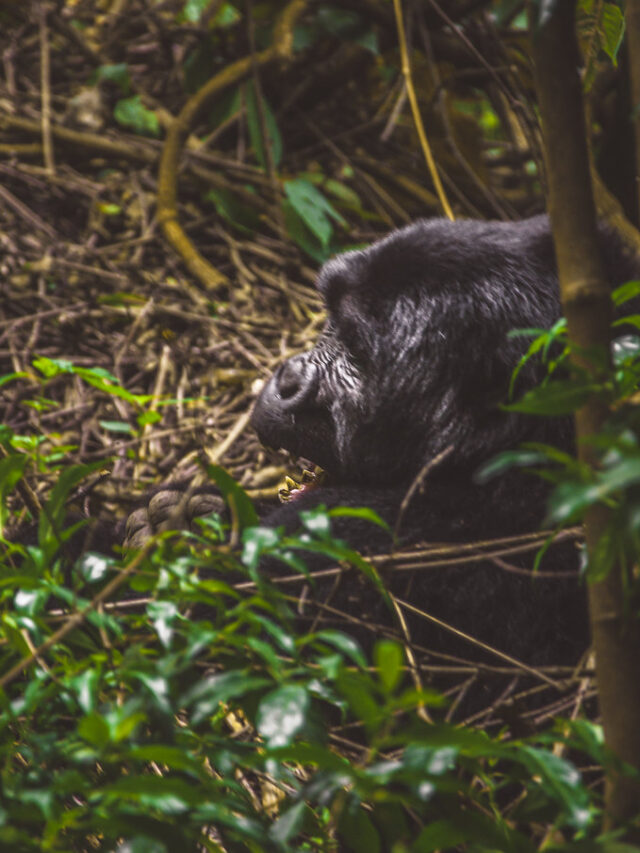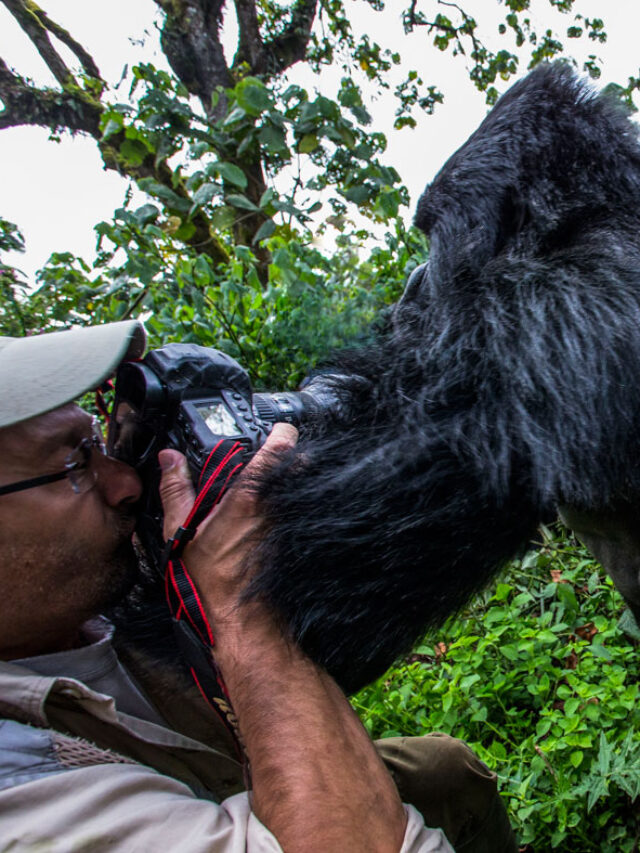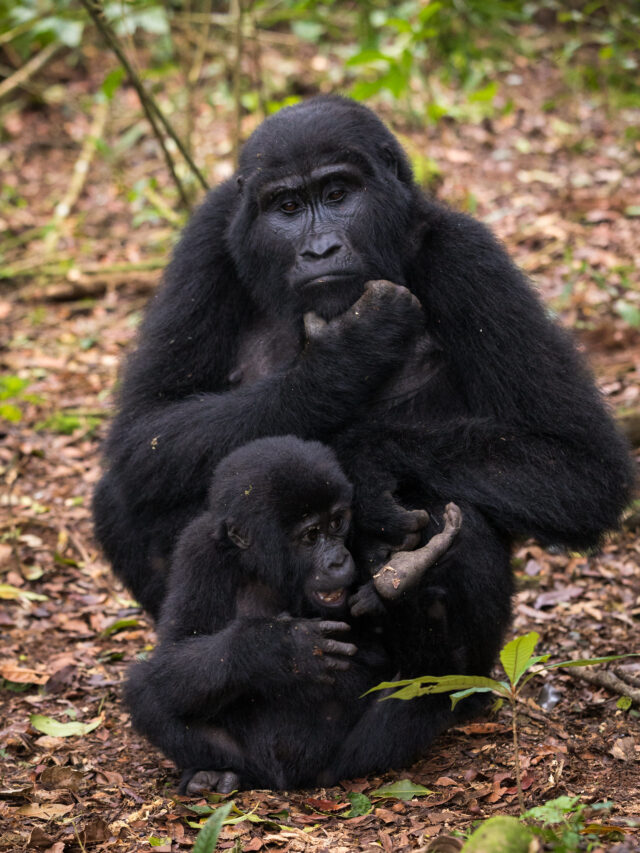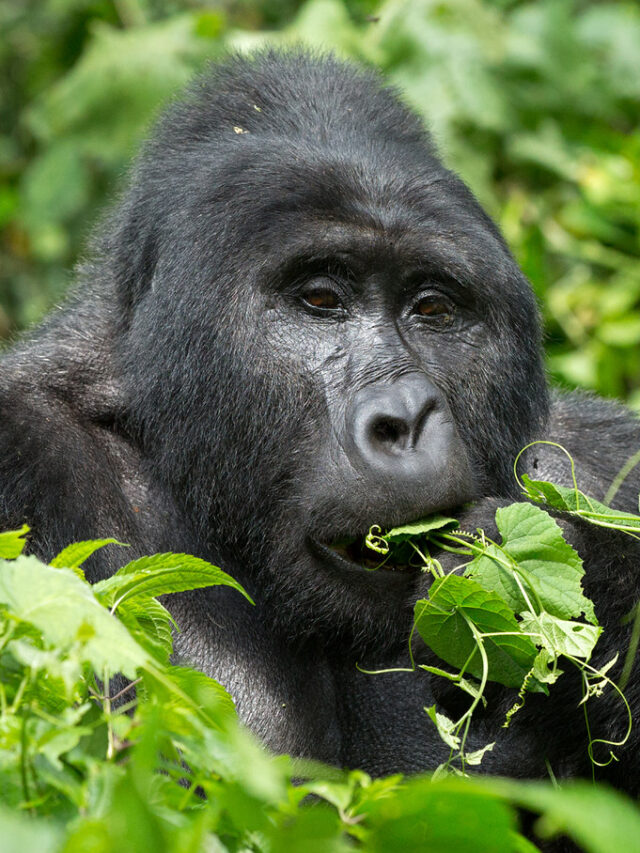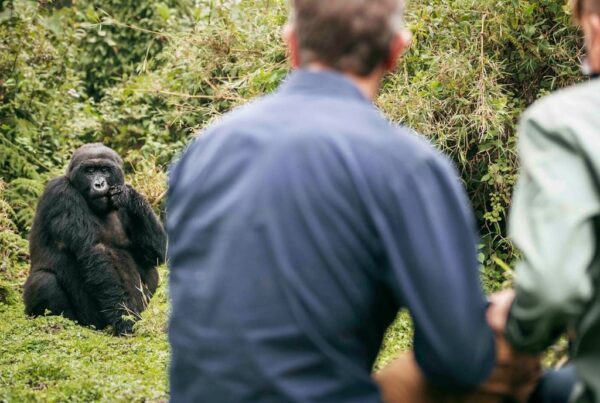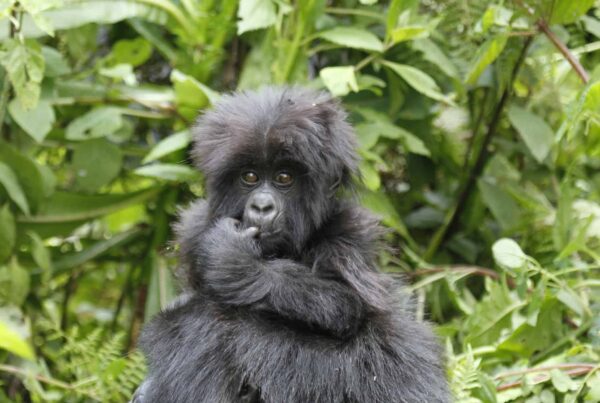Why You Should Do a Golden Monkey Trek Before Your Mountain Gorilla Trek?
The Unexpected Prequel to Uganda or Rwanda’s Greatest Primate Adventure
If you’re planning the ultimate primate adventure in East Africa, chances are you’re dreaming of standing face to face with a silverback gorilla in the misty forests of Bwindi or Volcanoes National Park. But before you plunge into the emotional depth and sheer majesty of a mountain gorilla trek, there’s a perfect, often overlooked opening act: the golden monkey trek.
Golden Monkey Trek Before Your Mountain Gorilla Trek — Trekking golden monkeys first isn’t just an extra activity—it’s a strategic, emotional, and immersive introduction to the world of mountain rainforests, primate behavior, and your own readiness as a traveler. These energetic, wide-eyed monkeys offer something entirely unique, and starting with them can elevate your entire gorilla experience from incredible to unforgettable.
The Warm-Up Your Body and Camera Deserve
Golden monkey trekking is typically less physically demanding than gorilla trekking. The terrain is usually gentler, and the monkeys are often found at slightly lower altitudes. For most travelers—especially first-timers to highland forests—this makes the golden monkey trek an ideal physical warm-up. It allows your body to acclimatize to the altitude, get used to the hiking conditions, and mentally prepare for a longer, more intense gorilla encounter.
Beyond fitness, it’s also a chance to test your gear. From hiking boots to waterproof jackets to how you handle your camera in misty, humid conditions—this trek gives you time to fine-tune your setup. You’ll quickly learn how to protect your equipment, move quietly through foliage, and react to fast-moving wildlife. All of this becomes priceless preparation before meeting the gorillas, where every second counts and where camera shake from nervous hands can rob you of that perfect shot.
A Burst of Joy, Movement, and Color
Unlike the calm, almost reverent aura surrounding mountain gorillas, golden monkeys are full of movement, playfulness, and light. Their golden-orange coats flash through the green bamboo forests like flickers of sunshine. They leap from tree to tree, tumble on the forest floor, and curiously observe their human visitors with wide, intelligent eyes.
Starting your primate journey with golden monkeys is like starting a concert with a joyful overture. It fills you with laughter, wonder, and awe. It’s impossible not to smile when a young monkey dangles upside down, trying to figure you out. That high energy and pure playfulness break the ice for nervous travelers and prepare your spirit for the deeper, more emotional encounter ahead with the gorillas.
Understanding the Forest Before Meeting the King
Golden monkey trekking allows you to begin building your understanding of primate behavior, forest dynamics, and the delicate conservation balance that makes these experiences possible. The guides will introduce you to tracking techniques, signs of primate presence, and how to move respectfully through fragile ecosystems. You begin to feel the rhythm of the rainforest—the rustle of leaves, the silence of predators, the language of the trees.
This forest literacy enhances your mountain gorilla experience tenfold. By the time you’re trekking to meet the gorillas, you’re not just walking—you’re reading the forest. You’re alert, engaged, and connected. The gorilla moment becomes more profound because you’re not a passive observer anymore—you’re a participant in the story of the jungle.
Emotionally Grounding Before an Overwhelming Encounter
Meeting mountain gorillas for the first time is often described as emotional, humbling, and even overwhelming. Some people cry. Others freeze, caught in awe or disbelief. It’s a powerful and soul-shifting experience. But going in completely unprepared for that depth can dilute it or make you feel emotionally scrambled.
Golden monkey trekking helps you ease into that emotional space. It gives you time to adjust to being so close to wild primates. You learn how to behave around them—how to lower your voice, avoid eye contact, and respect boundaries. When you do finally come face-to-face with the gorillas, you’ll be ready. Present. Steady. And able to absorb the gravity of the moment with a clearer, more open heart.
Conservation and Value: Making the Most of Your Visit
Both Uganda and Rwanda promote golden monkey trekking as an essential part of their broader primate conservation efforts. By choosing to include the golden monkeys in your itinerary, you’re directly supporting conservation beyond just the mountain gorillas. These smaller primates are endangered too, and their habitat is tightly interwoven with that of the gorillas. Supporting golden monkey tourism helps spread the eco-tourism revenue more evenly, funding rangers, researchers, and forest protection efforts that benefit all wildlife.
And from a traveler’s perspective, golden monkey permits are more affordable, often available at the last minute, and offer a high-value experience for a relatively low investment. It’s a win-win: you’re contributing to conservation while enjoying a magical day in the jungle.
Travel Tips: Where, When, and How
If you’re in Mgahinga Gorilla National Park in Uganda or Volcanoes National Park in Rwanda, golden monkey trekking is offered daily and usually lasts 2 to 4 hours. The best times are during the dry seasons—June to September and December to February—when trails are less slippery and visibility in the forest improves. Many lodges near these parks can help you organize both golden monkey and gorilla treks in one trip, often suggesting you do the monkeys first.
Solo travelers or first-timers may benefit from having a porter, even on the easier monkey trek, as it offers support, security, and employment to locals. After your trek, relax in a mid-range lodge like Mount Gahinga Lodge or Kinigi Guest House, where stories flow around bonfires and where fellow travelers swap wide-eyed tales of the day’s sightings.

